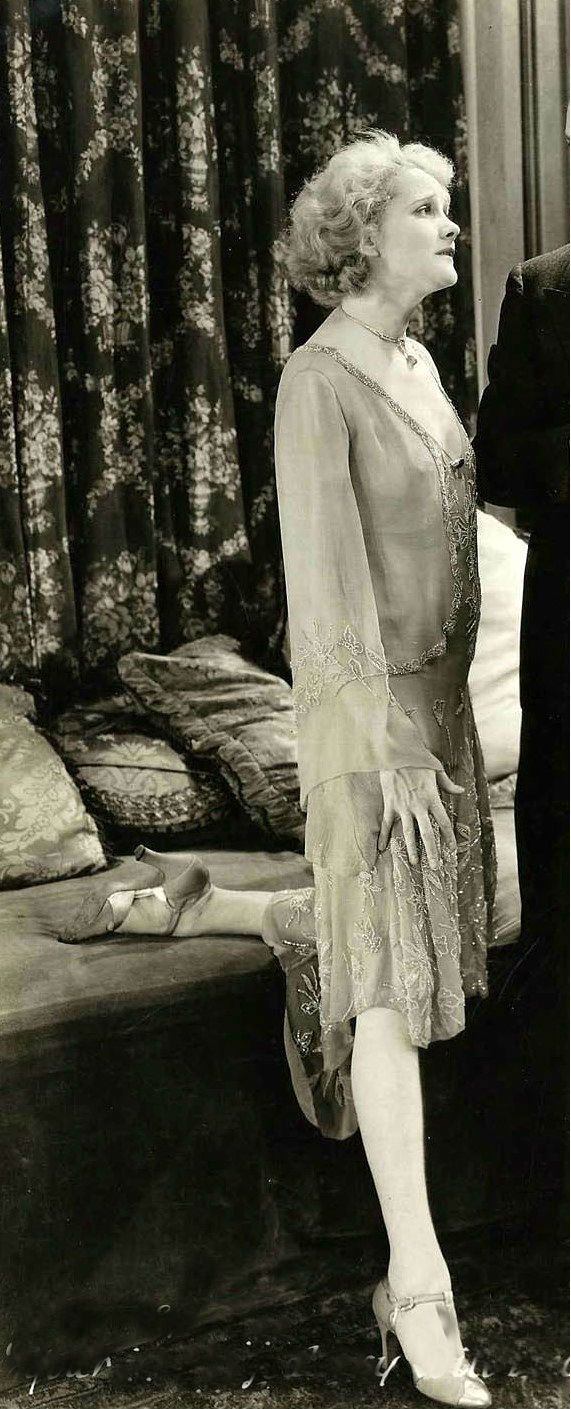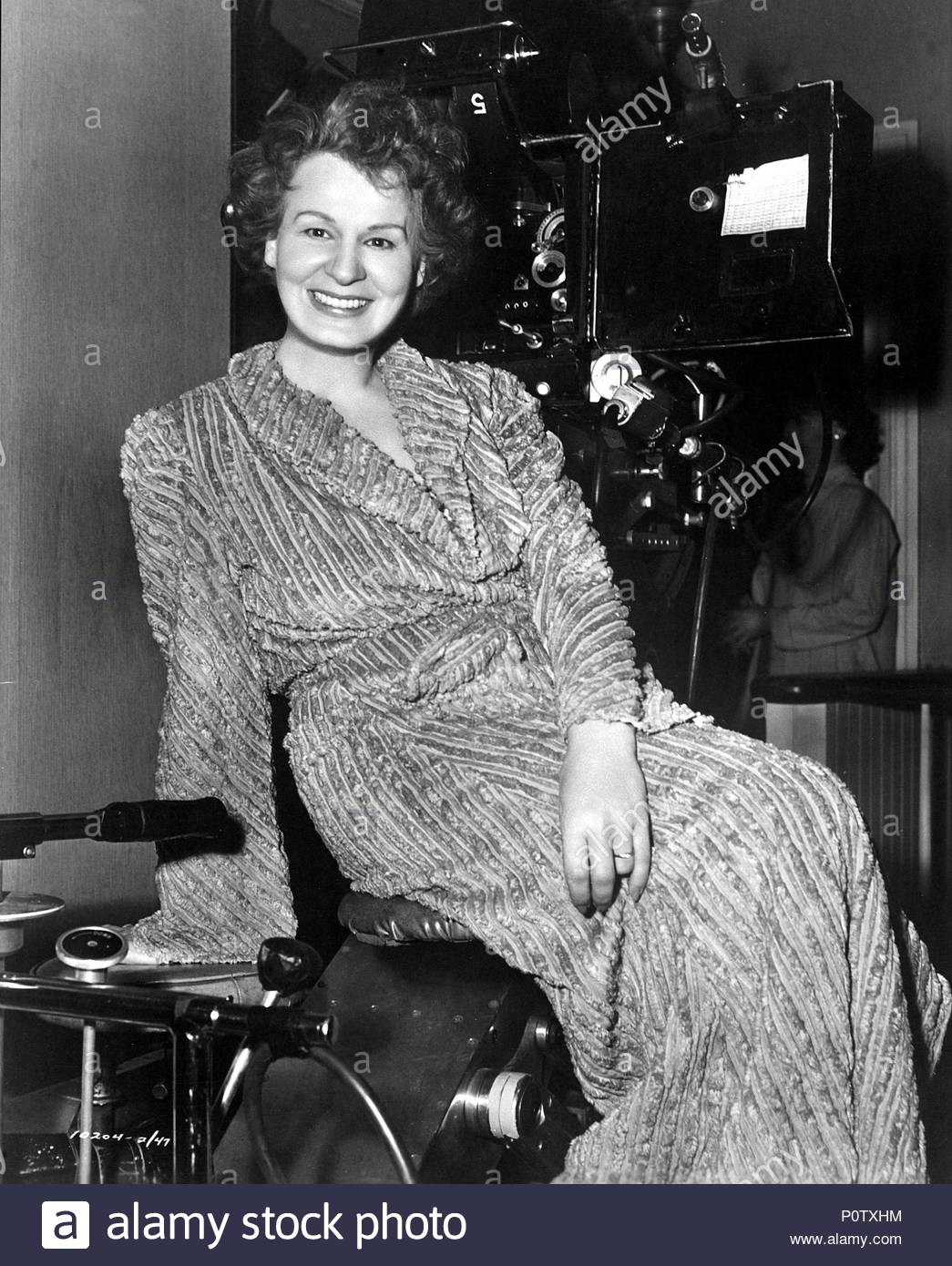Jeanne Eagels (June 26, 1890 – October 3, 1929) was an American stage and film actress. A former Ziegfeld Girl, Eagels went on to greater fame on Broadway and in the emerging medium of sound films. She was posthumously nominated for the Academy Award for Best Actress for her 1929 role in The Letter after dying suddenly that year at the age of 39. That nomination was the first posthumous Oscar consideration for any actor, male or female.
30/12/2018
Jeanne Eagels - Actress
1. Profile : -
Born Eugenia Eagles
June 26, 1890
Kansas City, Missouri, U.S.
Died October 3, 1929 (aged 39)
New York City, New York, U.S.
Cause of death Drug overdose
Resting place Calvary Cemetery
Nationality American
Education St. Joseph's Catholic School
Morris Public School
Occupation Actress
Years active 1913–1929
Spouse(s) Morris Dubinsky (m.?; div.?)
Edward Harris "Ted" Coy
(m. 1925; div. 1928)
2.Introduction : -
Jeanne Eagels (June 26, 1890 – October 3, 1929) was an American stage and film actress. A former Ziegfeld Girl, Eagels went on to greater fame on Broadway and in the emerging medium of sound films. She was posthumously nominated for the Academy Award for Best Actress for her 1929 role in The Letter after dying suddenly that year at the age of 39. That nomination was the first posthumous Oscar consideration for any actor, male or female.
3. Early life :-
Eugenia Eagles was the second of six children born to Edward, of German and French Huguenot descent, and his wife Julia Eagles (née Sullivan), who was of Irish descent. Her birth year -depending on the source - is given as 1888 (April 1910 census ), 1890 (official bio year), 1891 (June 1900 census ), 1892 (1914 passenger list), 1893 (death certificate) or 1894 (1920,1921 passenger lists). Jeanne, who later changed the spelling of her surname to "Eagels", would later claim that her father was a Spanish architect and she was born in Boston. In reality, she was born in Kansas City, Missouri and her father was a carpenter. Edward Eagles died in February 1910.
Eagels attended St. Joseph's Catholic School and Morris Public School. She quit school shortly after her First Communion to work as a cash girl in a department store.
4. Career :-
Eagels began her acting career in Kansas City, appearing in a variety of small venues at a very young age. She left Kansas City around the age of 15 and toured the Midwest with the Dubinsky Brothers' traveling theater show. At first, she was a dancer, but in time she went on to play the leading lady in several comedies and dramas put on by the Dubinskys. As a teenager, she married Morris Dubinsky, who frequently played villain roles.
*Adolph de Meyer.Jeanne Eagels, 1921, in a fashion photo wearing a dress and cape by Paris couturier, Louise Chéruit
Around 1911, she moved to New York City, working in chorus lines and eventually becoming a Ziegfeld Girl. Her hair was brown, but she bleached it when she went to New York. During this period, one of her acting coaches was Beverley Sitgreaves. Eagels was in the supporting cast of Mind The Paint Girl at the Lyceum Theatre in September 1912. Eagels played opposite George Arliss in three successive plays in 1916 and 1917.
In 1915, she appeared in her first motion picture. She also made three films for Thanhouser Film Corporation in 1916-17. In 1918, she appeared in Daddies, a David Belasco production. She quit this show due to illness and subsequently travelled to Europe. She appeared in several other Broadway shows between 1919 and 1921.
In 1922, she made her first appearance as a star in the play Rain, by John Colton and Clemence Randolph, based on a short story by W. Somerset Maugham. Eagels played her favorite role, that of Sadie Thompson, a free-wheeling and free-loving spirit who confronts a fire-and-brimstone preacher on a South Pacific island. She went on tour with Rain for two more seasons and returned to Broadway to give a farewell performance in 1926.
*Eagels with George Arliss in Hamilton (c. 1917)
In 1926, Eagels was offered the part of Roxie Hart in Maurine Dallas Watkins's play Chicago, but Eagels walked out of this role during rehearsals. She next appeared in the comedy Her Cardboard Lover (1927), in which she appeared on stage with Leslie Howard. She then went on tour with Her Cardboard Lover for several months. After missing some performances due to ptomaine poisoning, Eagels returned to the cast in July 1927 for an Empire Theater show.
After a season on Broadway, she took a break to make a movie. She appeared opposite John Gilbert in the MGM film Man, Woman and Sin (1927), directed by Monta Bell. In 1928, after failing to appear for a performance in Milwaukee, Wisconsin, Eagels was banned by Actors Equity from appearing on stage for 18 months. The ban did not stop Eagels from working in film, and she made two "talkies" for Paramount Pictures: The Letter and Jealousy (both released in 1929).
5. Personal life :-
Eagels was married twice. Her first marriage was to actor Morris Dubinsky whom she married when she was a teenager. The couple reportedly had a son who either died (causing Eagels to have a nervous breakdown) or who was given up for adoption after the couple separated. Eagels and Dubinsky eventually divorced. In August 1925, Eagels married Edward Harris "Ted" Coy, a former Yale University football star turned stockbroker. They had no children and divorced in July 1928.
6. Death and legacy :-
During the peak of her success, Eagels began abusing drugs and alcohol and eventually developed an addiction. She went to several sanitariums in an effort to kick her dependency. By the mid-1920s, she had begun using heroin. When she entered her 30s, Eagels began suffering from bouts of ill health that were exacerbated by her excessive use of drugs and alcohol.
In September 1929, Eagels underwent eye surgery at St. Luke's Hospital in New York City. At the time, she was also suffering from breathing problems and neuritis. After a ten-day stay, she returned to her apartment on Park Avenue. On October 3, 1929, Eagels and her secretary walked to the Park Avenue Hospital where Eagels had an appointment. While talking to the doctor, she began having convulsions and died shortly thereafter. The assistant chief medical examiner who performed Eagels' autopsy concluded that she died of "alcoholic psychosis". The medical examiner stated that while Eagels had not consumed alcohol in the two days preceding her death, she had been "acting strangely" and suffering from hallucinations three or four days before she died. Toxicology reports revealed that Eagels still had alcohol in her organs when she died in addition to heroin and chloral hydrate (a sedative that Eagels regularly took to sleep). Her death was attributed to an overdose of the chloral hydrate.
After services in New York at the Frank E. Campbell Funeral Chapel, Eagels received a second funeral service when her body was returned to Kansas City on October 7, where she was buried in Calvary Cemetery. She was survived by her mother Julia Eagles and several brothers and sisters.
Eagels was posthumously nominated for the second annual Academy Award for Best Actress for her role in The Letter. She lost to Mary Pickford for the film Coquette.
In 1957, a mostly fictionalized film biography, titled Jeanne Eagels, was made by Columbia Pictures, starring Kim Novak as Eagels.
7. Filmography :-
*Jeanne Eagels, The Bellman, Volume 23, July 7, 1917
Year Title Role Notes
1913 The Ace of Hearts
1913 The Bride of the Sea
1914 A Lesson in Bridge Mrs. Willis
1915 The House of Fear Grace Cramp
1916 The World and the Woman A Woman of the Streets
1917 The Fires of Youth Billy's Sister Credited as Jeanne Eagles
1917 Under False Colors Countess Olga
1918 The Cross Bearer Liane de Merode
1919 The Madonna of the Slums
1927 Man, Woman and Sin Vera Worth
1929 The Letter Leslie Crosbie Nominated: Academy Award for Best Actress
1929 Jealousy Yvonne Lost film
***

























.jpg)
.jpg)
Comments
Post a Comment